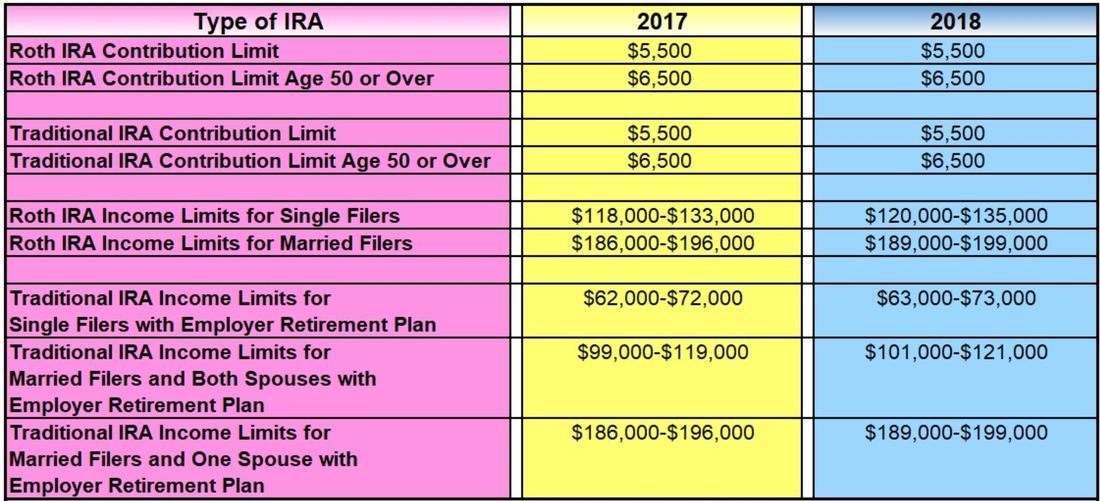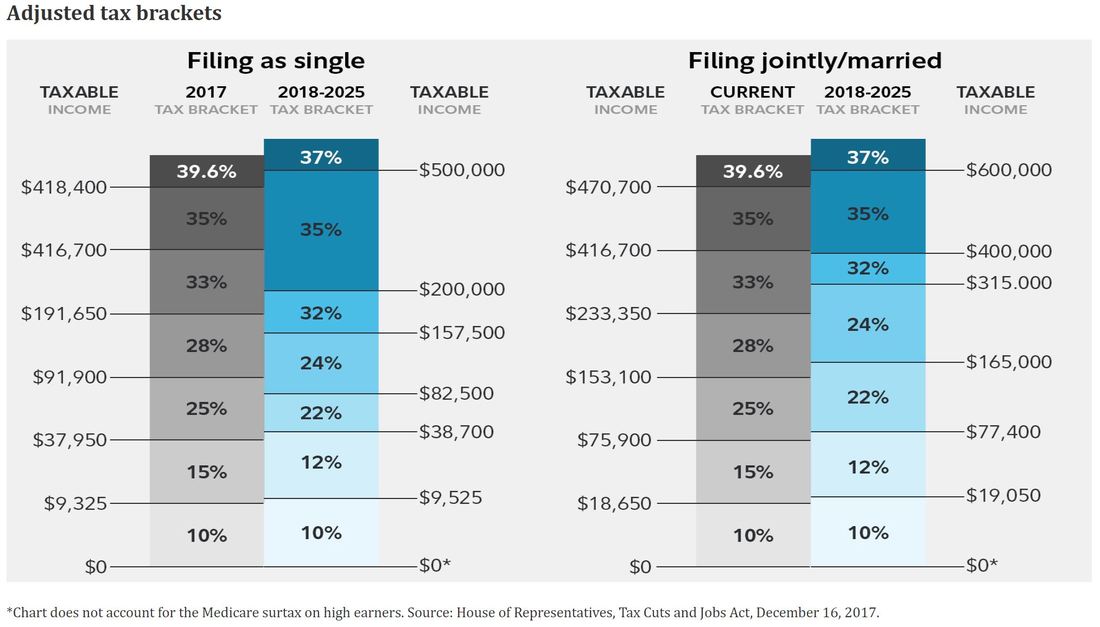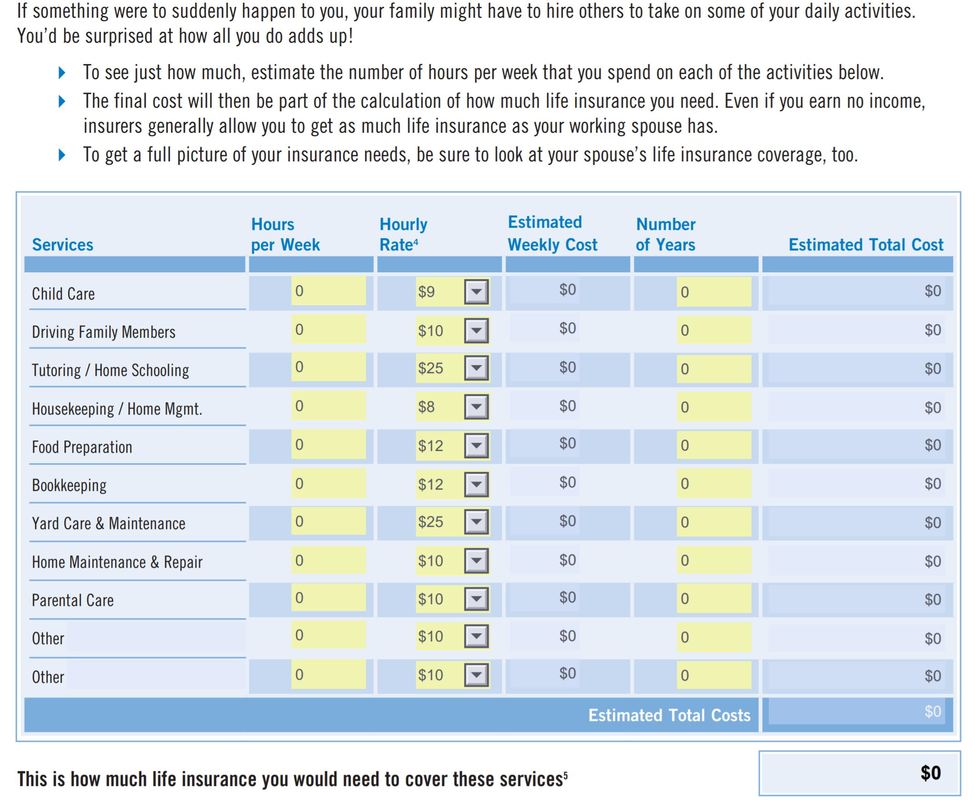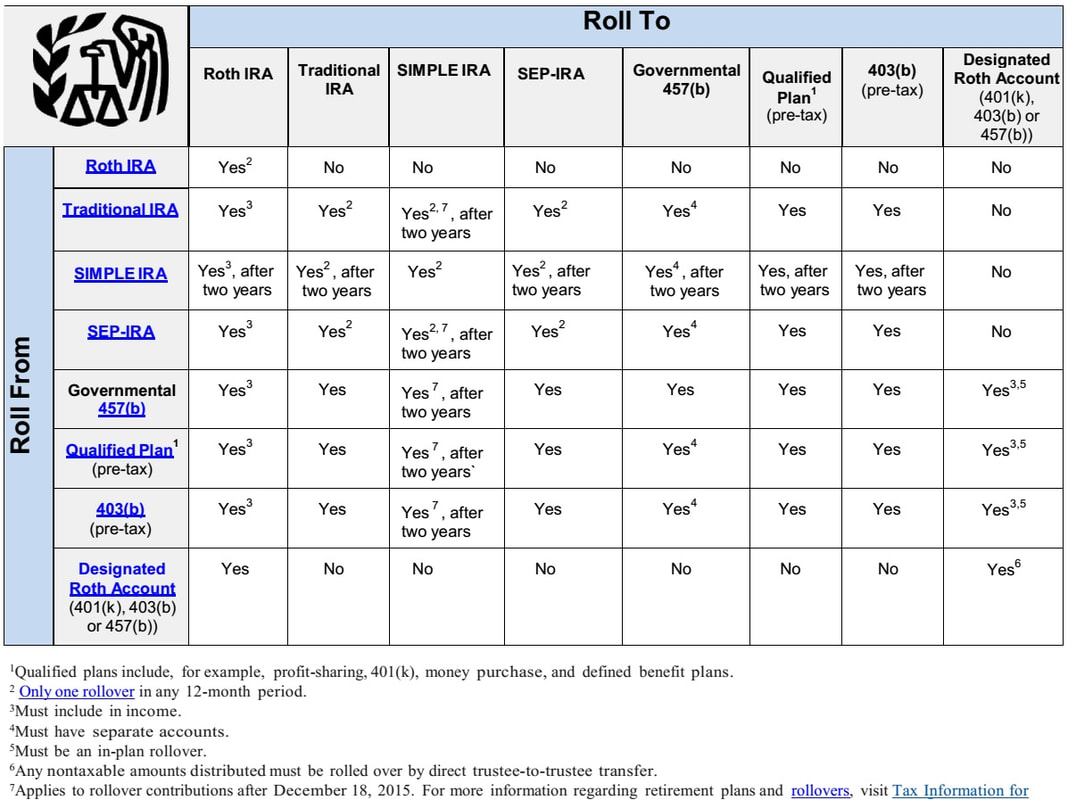A. Yes, you can contribute to 2017 HSA until April 17, 2018, if you had an eligible health policy (with a deductible of at least $1,300 for single coverage or $2,600 for family coverage) for 2017.
You can contribute up to $3,400 to HSA if you had single coverage of $6,750 if you had family coverage, plus $1,000 if you were 55 or older.
Q. Can I still spend 2017 FSA money in 2018?
A. Many employers gave workers a two-and-a-half month grace period to spend money left in their FSAs at year end. So March 15 is the last day to incur out-of-pocket health care expenses to be paid with funds in your 2017 FSA.






 RSS Feed
RSS Feed
